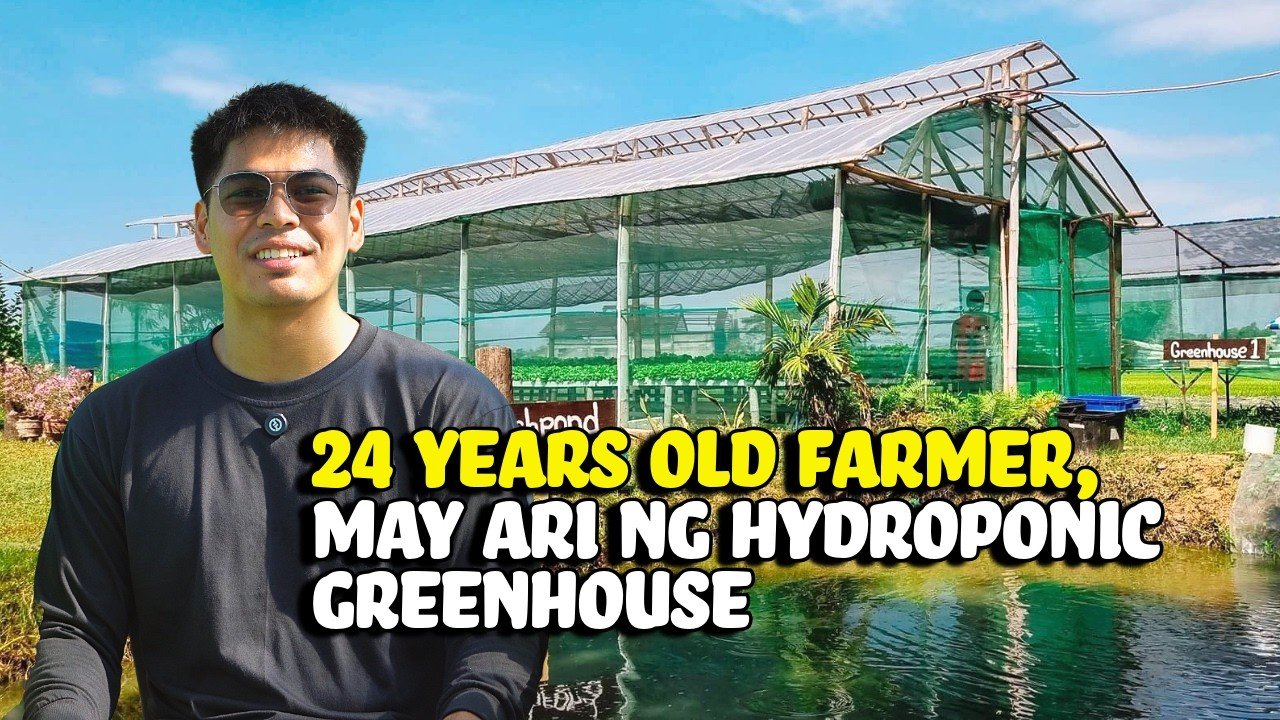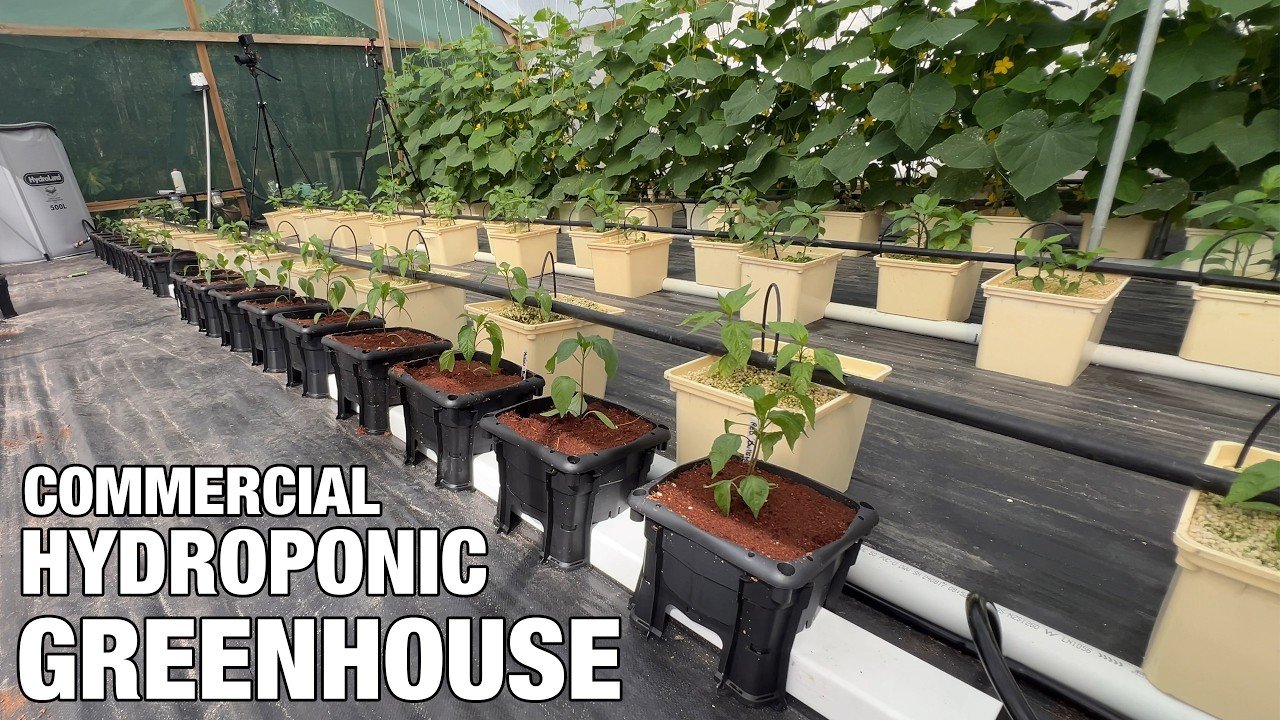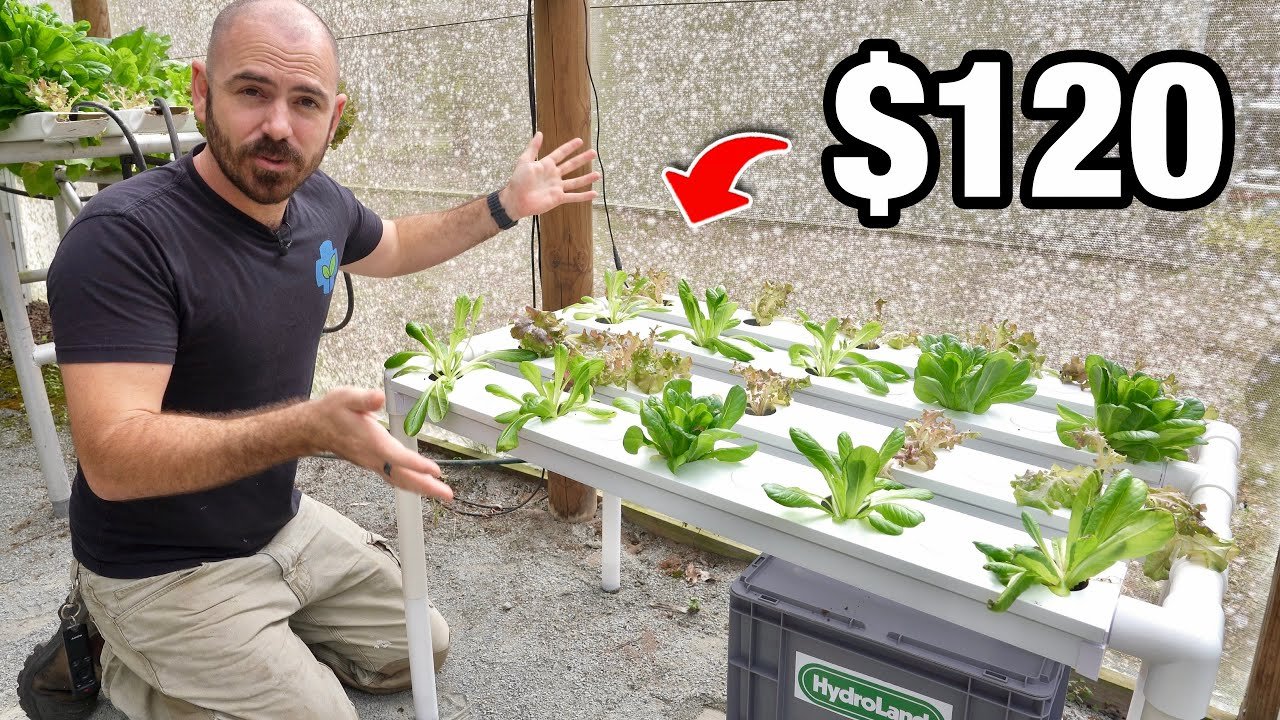My Dive into the Ebb & Flow Hydroponic System
So, there I was, sipping a lukewarm cup of coffee at my kitchen table one Saturday morning. You know, that kind of coffee that you need to put in the microwave because you forgot about it? The rain was tapping softly against the window, and I was feeling a sense of adventure creep in. I decided it was high time to ditch the traditional backyard garden and try my luck with hydroponics. What caught my eye was the ebb & flow system—simple in theory but decidedly tricky in practice.
The Initial Excitement
At first, I was fired up. Who wouldn’t want to grow tomatoes, herbs, and maybe some kale year-round? We live in a small town where the last frost sometimes snuck up on us in June, just when we thought we could plant those seedlings. I jumped online, tailing down hydroponics forums until my eyes blurred. The materials seemed pretty straightforward: a growing bed, a reservoir, a pump, some tubing, and a timer—easy-peasy, right?
I rummaged through the shed and found some old PVC pipes, leftover from a plumbing project I half-heartedly started years ago. They were dusty but perfect! I managed to cobble together a basic growing bed out of some old wooden pallets, and my reservoir was just an old plastic storage bin. I felt like a budding engineer, meticulously measuring and cutting. I should have known trouble was brewing between my desire to create and my less-than-expert grasp of things.
Trouble Brewing
Everything came together well enough. I even had some fish to kick off the system—a couple of goldfish I’d bought on a whim from the local pet store. A colorful start, I thought, and besides, they were cheap. I named them Donny and Marie after the last concert I attended before COVID locked us all down. They were happy little swimmers, or so I thought.
After I got everything set up, I flipped the switch on the pump and felt like I was on top of the world. The water flowed beautifully—almost like it was dancing. But then I noticed the smell… oh, that smell. It was a mix of pond scum and something rancid. I realized I hadn’t done enough research on keeping the water clean.
Just a few days later, I came outside to find the water turning green and the fish lethargic. I thought, “What the heck?!” I almost gave up right then. I could hear the whispers of my skeptical neighbors echoing in my mind, “There goes that crazy guy again, trying to grow fish and plants in his backyard.” But I pulled myself together, determined to figure out what went wrong.
Rethinking the Setup
On a hunch, I thought about the balance of bacteria and nutrients. I did some more frantic Googling and learned about cycling the system. Apparently, I needed beneficial bacteria to break down waste in the water and keep everything healthy. I spent hours endlessly researching, finally realizing I should have added a few aquatic plants to work alongside my fish. They’re like the unsung heroes of an aquaponics setup.
Armed with this new knowledge, I planted some watercress—grabbed a few cuttings from a friend’s backyard for free. My progress felt slow, but at least I was learning.
Surprises Along the Way
Then came the biggest surprise: the plants started thriving! Little green tendrils broke through the growing medium I’d stuffed into the pallet bed. I could hardly believe my eyes. Those tiny green patches suddenly felt like tiny victories. I watched as the plants took off, almost dunking their little green heads into the water for a drink.
But not everything was perfect. I learned that the timer on my pump was less than reliable. One evening, just after dusk, I glanced outside and saw the water level had dropped precariously low. Donny and Marie were flopping about like they were auditioning for the local talent show. I rushed out, my heart racing.
I found some spare tubing in the shed and fashioned a makeshift siphon to fill the reservoir back up with the garden hose—just in time for me to save them from a messy fate. I realized I was attached to these fish, despite them being pretty basic in the grand scheme of things.
The Bitter-Sweet End
Weeks passed, and sometimes I’d come out to my mini garden just to sit quietly, feeling like a proud parent. The plants turned vibrant green, and flowers eventually blossomed. But as life tends to do, reality caught up. One morning, I found Marie floating lifelessly at the top. My heart sank. A surge of guilt washed over me, wondering if I hadn’t done enough.
In that moment, I realized this wasn’t just about growing food or experimenting with a new system; it was a lesson in resilience. Sure, Donny was still alive, and the plants were thriving, but life has a way of reminding us that not everything will go as planned.
The Takeaway
In the end, I continued to tinker, adapting the setup and learning through every stumble. I came to see this entire venture as an ongoing project rather than a checklist of tasks to complete. And here’s the real thing: if you’re thinking about starting your own hydroponics or aquaponics system, don’t sweat the mistakes. Embrace the messiness—there’s beauty in it, indeed.
So grab your tools, dig into your shed, and let that creative spirit flow. You’re on a journey, not just a destination.
And hey, if you’re ready to dive in deeper, join the next session to discover more about methods like these and maybe take some of the guesswork out of it. Reserve your seat here!







Leave a Reply